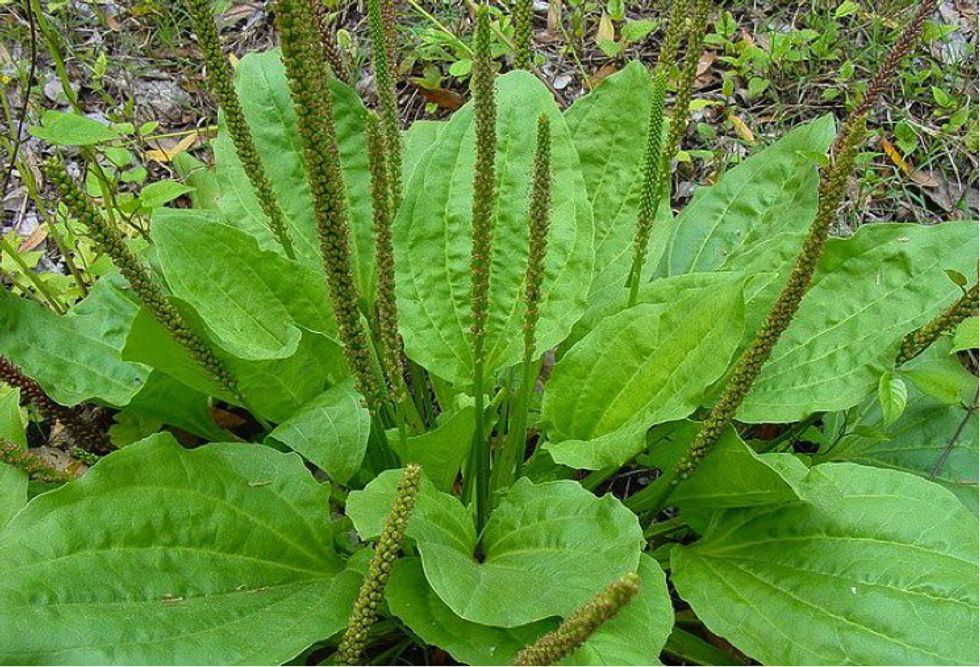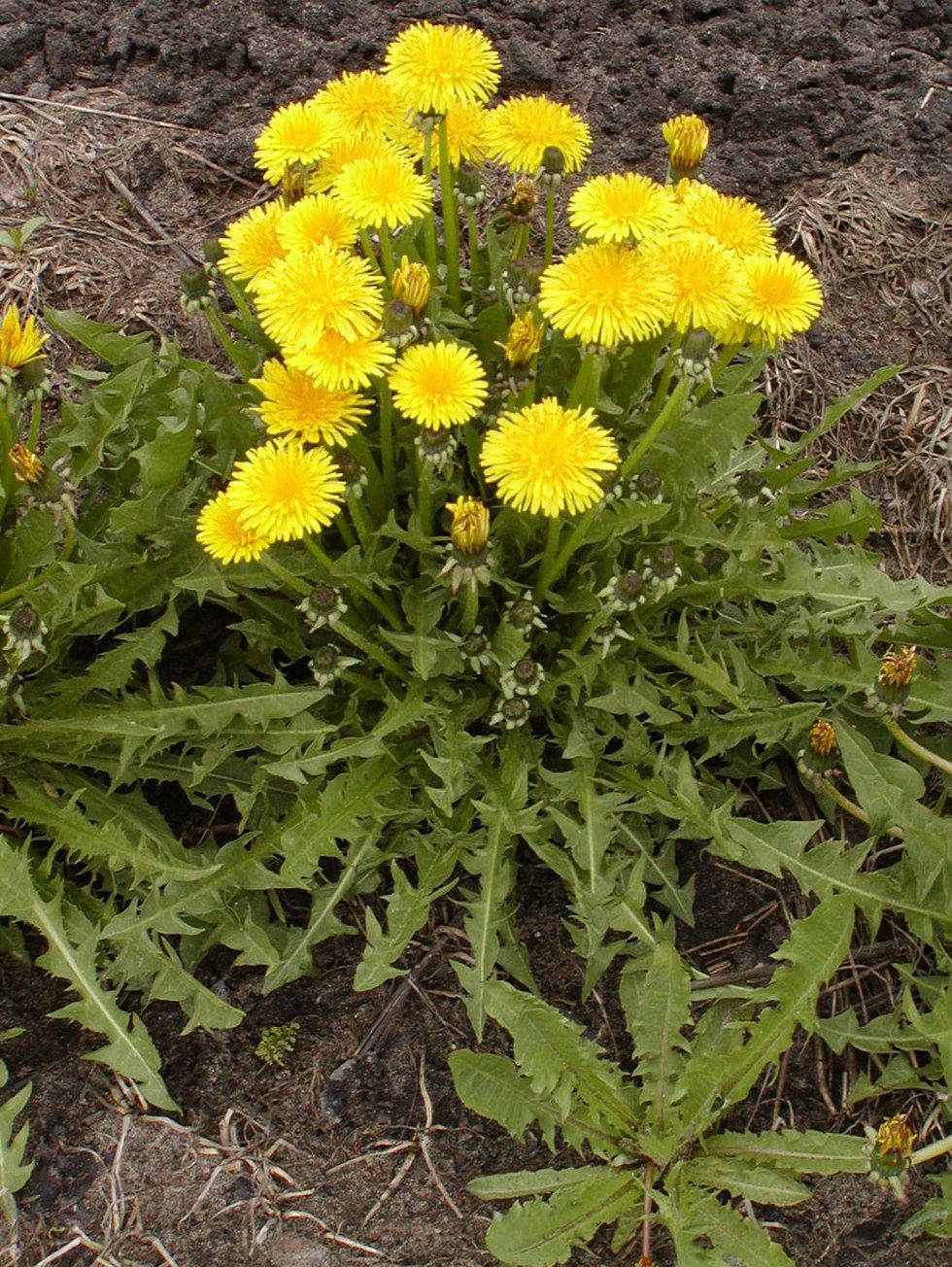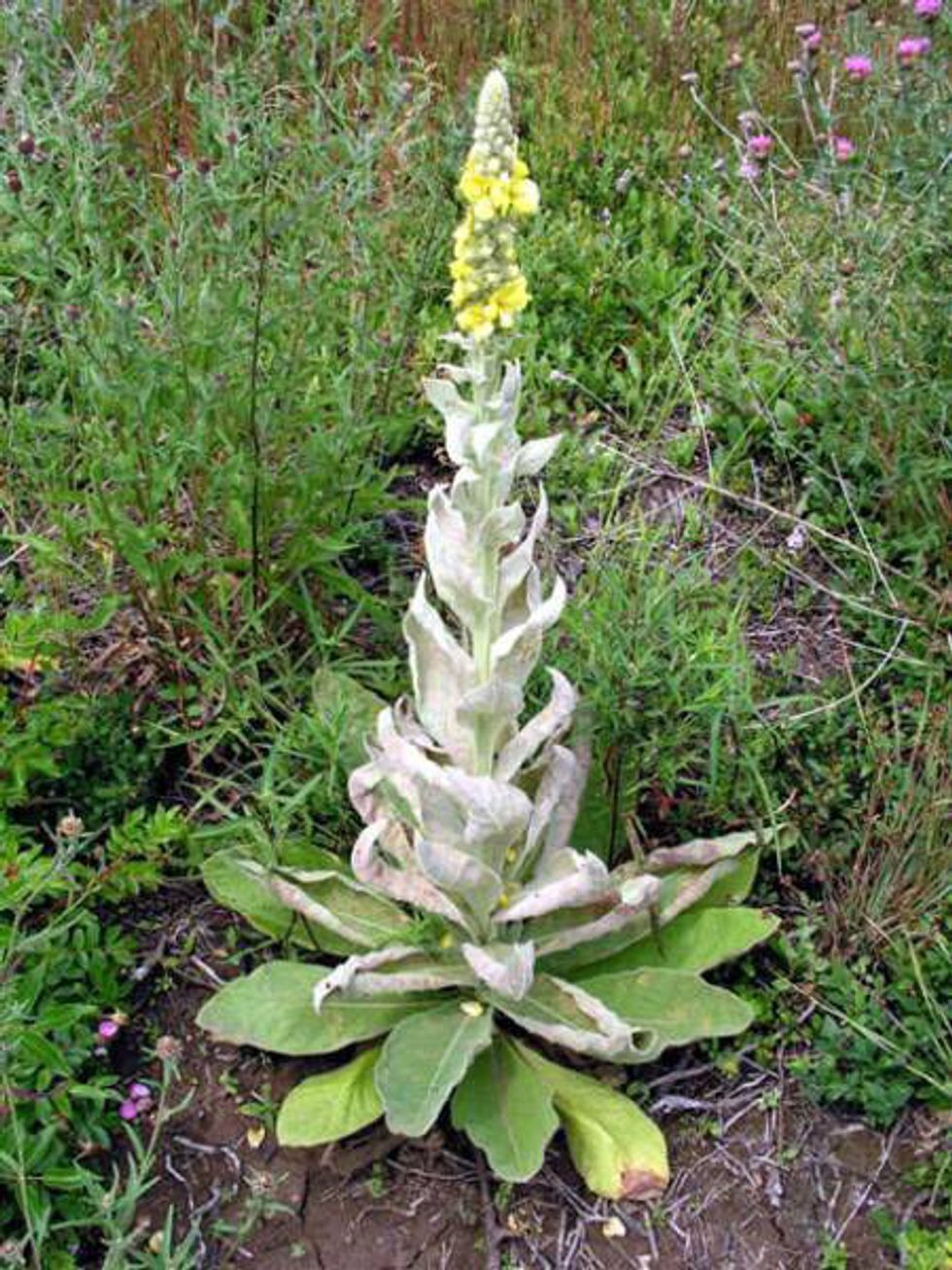Do you ever look at a bottle of pills and wonder what's in them? Do you ever find yourself on a hike with a scratch or bee sting and no treatment? If you said yes to any of the following then this is an article for you.
1. Plantain
Plantain is an underappreciated plant normally taken for being a weed. It can be seen growing commonly all throughout the northern United States. You can identify this plant by its vertical vein. The plant also grows in a small circlet. Plantain is a natural pain reliever and it also kills bacteria. Plantain can act as a pain reliever and remove toxins, so if you find yourself with a bee sting, all you have to do is chew up a piece of plantain and place the poultice on the sting. When the poultice turns black, the toxins have been removed. Plantain is also completely edible.
2. Dandelion
This plant is all too common. Most people look at dandelions as a useless weed when in reality, dandelions are actually very beneficial herbs. Dandelions are excellent energizers and food substitutes. Dandelions are also an antibiotic. Dandelion roots, when roasted, can be used as a coffee substitute; the tastes are eerily similar. Dandelions carry all the benefits of coffee, but have none of the drawbacks like a crash later.
3. Mullein
Mullein is a very tall plant with fuzzy leaves and yellow flowers. Mullein is found all across the United States. Mullein is an antispasmodic and astringent as well as many other things. Mullein can be smoked to calm an asthma attack. Also, the leaves can be used to stifle bleeding from a wound.
Hopefully, you found this article informational. If you look for these plants (or plan to use them) be sure to do further research and make sure you can properly identify the plants listed. Happy hunting!
























